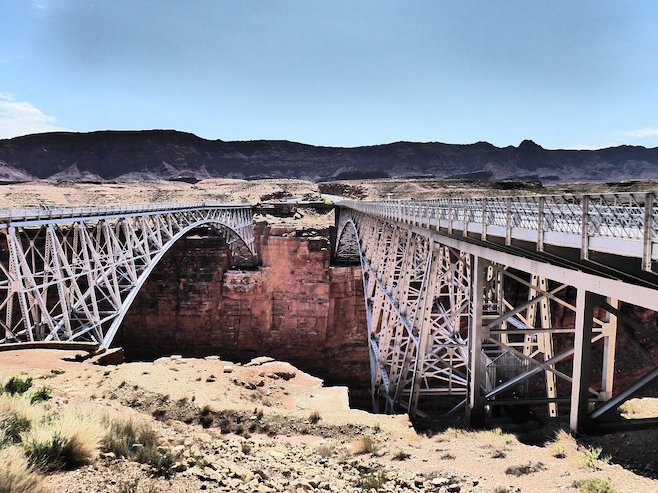Even the most discerning of travelers cannot help but be struck with awe at the sheer magnitude of the Grand Canyon’s intricate network of gorges, ridges, and rock formations. Simply gazing upon its breathtaking vistas from a variety of perspectives can easily consume hours of your time. For those seeking a more immersive experience, hiking tours that lead to the canyon’s depths are highly recommended. The Bright Angel and Rim trails on the South Rim are among the best options available. Alternatively, one could opt for a thrilling rafting adventure down the mighty Colorado River or take in the majesty of the canyon from above with a helicopter tour. For a hassle-free trip, consider booking a full-day itinerary with an organized tour company to explore the park with ease.
Grand Canyon Village
Grand Canyon Village serves as the primary gateway to the park, drawing in crowds during peak seasons in spring, summer, and fall. However, this bustling area boasts Yavapai Point, offering unparalleled views of the canyon. If camping isn’t your style, consider lodging within the village. Even if you’re staying elsewhere, plan to spend at least half a day exploring the village’s sights. The Grand Canyon Railway Depot is a must-visit, welcoming railway passengers and sharing the impact of railroad expansion on Grand Canyon tourism. For authentic Native American souvenirs, the Hopi House is an adobe-style building representing a traditional Hopi crafts studio. Art enthusiasts should visit the Kolb and Lookout studios for works of art inspired by the Grand Canyon.
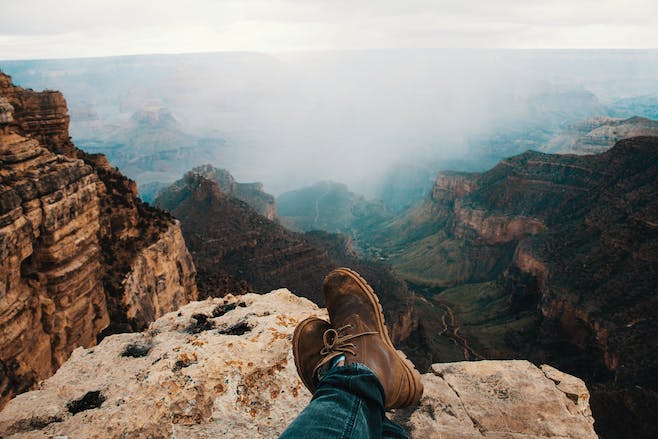
South Rim
The South Rim of the Grand Canyon is a popular destination for the average traveler, boasting a plethora of well-known activities. Visitors can explore Grand Canyon Village, the South Kaibab Trail, Bright Angel Trail, Mather Point, and the Yavapai Geology Museum, among other attractions. Adventurers can traverse scenic areas and hiking trails on foot or opt for guided tours by mule. Camping enthusiasts can find campsites at Mather Point and Desert View, while an RV park complete with grills, laundry facilities, and picnic benches is also available. The South Rim offers a fantastic and professional experience for all who visit.
The South Rim of the Grand Canyon has captured the hearts of recent travelers with its abundance of activities and sights. Families with young children have praised the manageable lookout areas and paths, while visitors with mobility challenges have been delighted by the accessible features throughout this section of the canyon.
To make the most of your visit, it’s recommended to start early and pack ample food and water if hiking is on the agenda. However, fear not, for there are numerous dining options available, from restaurants to dining rooms and coffee shops, ensuring that hunger won’t be an issue during your trip.With so much to explore and experience, the South Rim is a destination that will keep you occupied all day long.
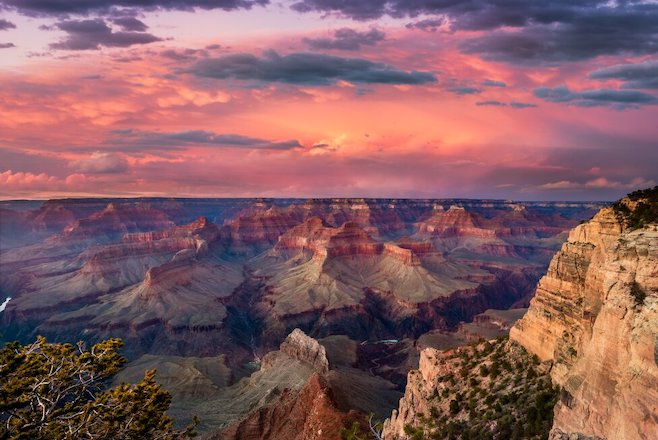
Mather Point
Nestled in the picturesque South Rim, Mather Point serves as the initial glimpse of the awe-inspiring Grand Canyon for many visitors. A leisurely 5-minute stroll from the Grand Canyon Visitor Center leads to the lookout, which offers unparalleled views of the rugged cliffs and trails beneath. While the crowds may be thick, the vistas are nothing short of exceptional. On clear days, visibility extends over 30 miles to the east and an impressive 60 miles to the west. Additionally, Mather Point is a coveted location to witness the sun gracefully ascend and descend over the canyon.
Mather Point has been receiving high praise from recent travelers for its exceptional accessibility and breathtaking vistas. Visitors have also commended its strategic placement near restrooms and a cafe located within the visitor center. While navigating through the crowds can be a challenge, some reviewers suggest arriving during off-peak hours, particularly outside of the bustling sunrise and sunset periods, for a more tranquil experience.
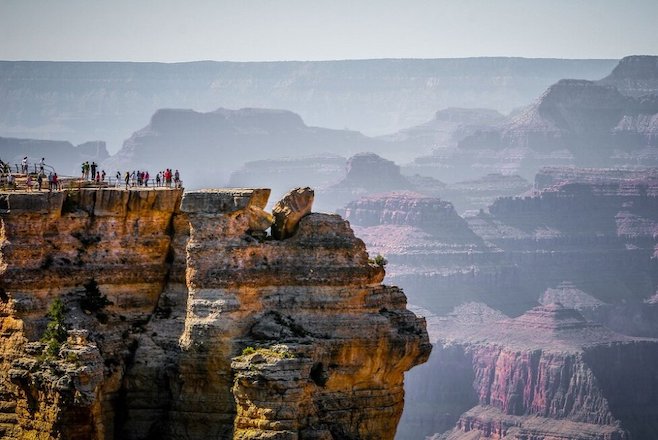
North Rim
The North Rim’s reputation precedes it as a rugged and isolated destination with sparse facilities, often overlooked by the tourist mainstream. However, this notion is only partially true. While the North Rim may be less crowded than its southern counterpart, it still welcomes a significant number of travelers during peak tourism periods. The beauty of the North Rim lies in its limited development, ensuring that nature remains the star attraction. Must-see destinations include Bright Angel Point, offering breathtaking views of the Roaring Springs, the North Rim’s sole water source. Additionally, Point Imperial, towering at 8,803 feet, stands as the highest point on the North Rim. Despite its reputation, the North Rim offers an unforgettable experience for those seeking a more secluded and authentic encounter with nature.
The access point to the North Rim of the park can be found 30 miles south of Jacob Lake along Highway 67, while the route from the South Rim spans 212 miles. For those without personal transportation, a number of shuttle services such as the Trans-Canyon Shuttle and Grand Canyon Shuttle Service offer daily rim-to-rim trips. It’s important to note, however, that service availability may be restricted during the winter season.
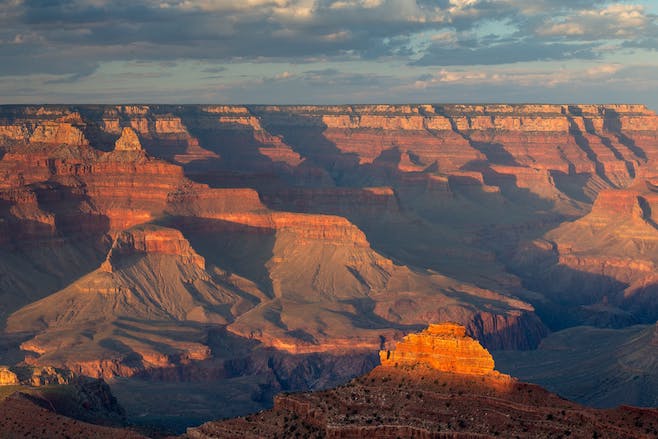
Horseshoe Bend and Antelope Canyon
Although Antelope Canyon and Horseshoe Bend are not situated within the boundaries of Grand Canyon National Park, they are both conveniently accessible by car, offering a remarkable day trip opportunity. Visitors can marvel at the stunning beauty of both attractions in a single day, with Horseshoe Bend being a self-guided exploration, and Antelope Canyon requiring a pre-booked guided tour.
Nestled in the heart of Lake Powell Navajo Tribal Park, just a stone’s throw away from Page, Arizona, and approximately 130 miles northeast of the Grand Canyon’s North Rim, lies the awe-inspiring Antelope Canyon. This geological marvel, shaped by the relentless force of water over millions of years, boasts a labyrinth of deep, winding tunnels adorned in vibrant hues of orange and red. Visitors can bask in the canyon’s splendor on foot, guided by expert tour operators. The canyon’s true magic is best experienced between late March and early October, when the sun’s rays are perfectly angled to illuminate the canyon’s depths. As recent visitors attest, a camera is a must-have accessory during your visit, though the canyon’s beauty transcends even the most stunning of photographs.
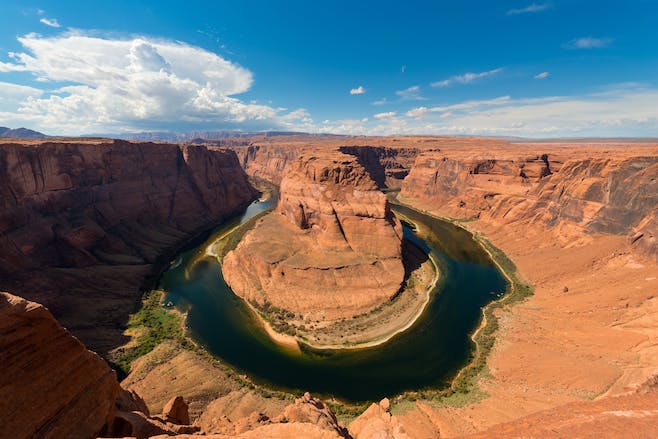
Havasu Falls
Renowned by explorers as one of the most breathtaking spectacles in the Grand Canyon, Havasu Falls is a veritable desert oasis, boasting crystalline waterways and cascading falls that lend an almost ethereal quality to the arid canyon backdrop. Nestled just south of the national park on the Havasupai Indian Reservation, the falls are accessible via a four-hour drive from Grand Canyon Village to the Hualapai Hilltop. On-site amenities are minimal, with only a spacious parking area and a handful of portable restrooms available. For additional conveniences and services, a stop in Peach Springs, Arizona is recommended. Once you reach the Hualapai Hilltop, brace yourself for a 10-mile hike to reach the majestic waterfall.
The campground is operational from March to November, and we’re excited to welcome you to our serene abode. As of 2019, our overnight camping rates are $100 per person, per night during weekdays and $125 per person, per night on weekends. We understand that transparency is vital, so please note that these prices include permits, fees, and taxes.
After you’ve enjoyed the breathtaking view of the falls, we recommend you visit the charming village of Supai, where the Havasupai Tribe offers a variety of souvenirs and snacks. However, we feel it’s our responsibility to inform you that prices in this community are higher than usual, as their economy relies heavily on tourism.
As a professional establishment, we strive to provide our guests with the best possible experience. We hope to see you soon at our campground, where you can immerse yourself in nature and create unforgettable memories.
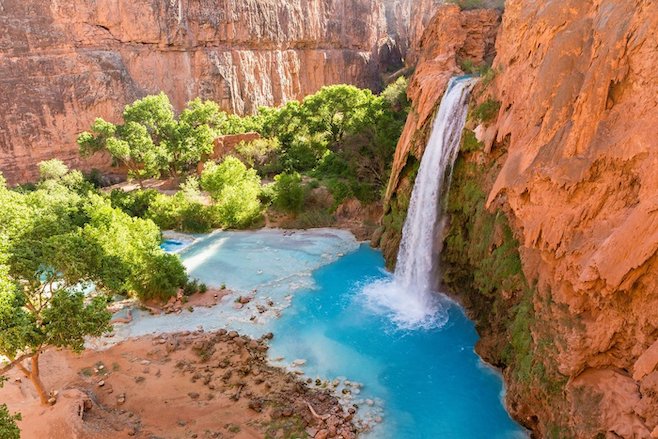
Navajo Bridge
Grand Canyon National Park boasts a singular path for traversing the mighty Colorado River – the Navajo Bridge situated on the park’s northeastern edge. However, this route, presently comprising two mirror-image bridges, is more than just a means of conveyance. It is steeped in a fascinating history that traces back to the 1920s.
Decades of ferry crossings across the Colorado River prompted officials in Arizona and Utah to acknowledge the necessity for a safe and reliable vehicular bridge. In response, the Grand Canyon Bridge was erected in 1929, later renamed the Navajo Bridge. At its unveiling, the structure stood as the world’s tallest steel arch bridge, towering 467 feet above the water. For 66 years, the bridge dutifully facilitated the transportation of countless vehicles. However, in 1995, a more robust, modern bridge was constructed alongside the original to accommodate heavier automobiles. The Navajo Bridge, now reserved for pedestrian use, offers breathtaking views of the river below.
The Navajo Bridge never fails to captivate travelers with its breathtaking vistas and picturesque photo opportunities. It’s a perfect pit stop to stretch your legs while en route to or from the main areas of the Grand Canyon. For bird enthusiasts, this is an exceptional spot to catch a glimpse of the majestic California condors, the critically endangered vulture and the largest land bird in North America. Don’t miss out on this unique opportunity to witness one of nature’s most awe-inspiring spectacles.
